Watering Systems and Usage for Horse Arenas Keep Optimal Moisture in Arena Footing
Water is the key ingredient for maintaining your horse arena footing. It is the essential stabilizer for arena sand, binding it and keeping the arena dust free. Water is a precious element and we have to use it wisely and conserve as much as we can. Fortunately, Footing SolutionsUSA offers a variety of solutions and products for efficiently watering your riding arena.
There is more to the efficiency and quality of watering than the water itself and how it’s applied. In this article, we will review all of the important components. Let’s start with the sand selection:
What type of sand is best for a horse arena?
If you live in a drought-stricken area, you should consider a sand blend which holds water better. A sand blend with 20-30% clay (sandy loam) is often advised, as the clay particles help to hold the moisture in the arena footing. The drawback is, if you are not able to water this specific sand blend, when dry it is super dusty. To the contrary, during rainy season the sand/clay mix takes a long time to dry up again, gets muddy, and you won’t be able to ride for a few days.
We highly recommend the alternative solution—getting a clean, washed sand and adding our textile footing product, FSGeoTEX 5*Blend, to the arena sand. This blend contains acrylic and nylon textiles which are ideal for adding moisture retention, while stabilizing a variety of sands. These properties make the FSGeoTEX 5* Blend our most popular arena footing product.
How often should you water your riding arena?
This depends on climate (humidity) and season, as well as indoor or outdoor horse arena use. In summertime, which can have weeks of no rain, you should water the arena like your lawn. A deep watering of your riding arena every other day is more water-efficient, rather than sprinkling only the top inch daily. For indoor or covered arenas every three days should be sufficient.
How should I go about watering? Are sprinklers efficient?
An overhead sprinkler system is the most common watering system used. But it has it’s drawbacks: No mater how well you design your overhead sprinkler system, you will always have overlapping or dry spots. This results in uneven arena footing because the dry areas drag differently than the wet areas. Furthermore, wind and evaporation does occur and a lot of water is being wasted before it reaches the ground.
Solutions:
1. Arena Drag with Water Tank
The most efficient way of watering your riding arena is using our arena drag with an implemented water tank, the Platz Max Rain. You will water the arena while you are dragging it. Little jets on the arena groomer spray water right into the arena footing without wasting any water!
2. Water trailer
There are various water trailers on the market ranging from 500 – 1,000 gallons. Water is sprayed on top of the horse arena footing. It is a bit time consuming but the next best above-ground option to our watering arena drag with regards to water savings and efficiency.
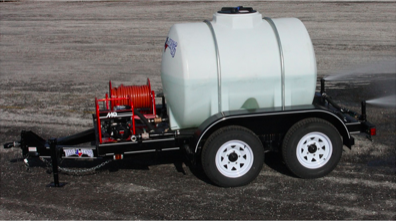
3. HIT UnderGround Watering System
The HIT Active Aqua underground watering system eliminates the need for sprinklers and manual watering. If you are not on a budget, then this subsurface irrigation system is for you! The HIT system waters the arena footing from below in the most efficient way. You will save up to 70% in water consumption while the computer guided system provides even and consistent moisture in your arena footing at all times.
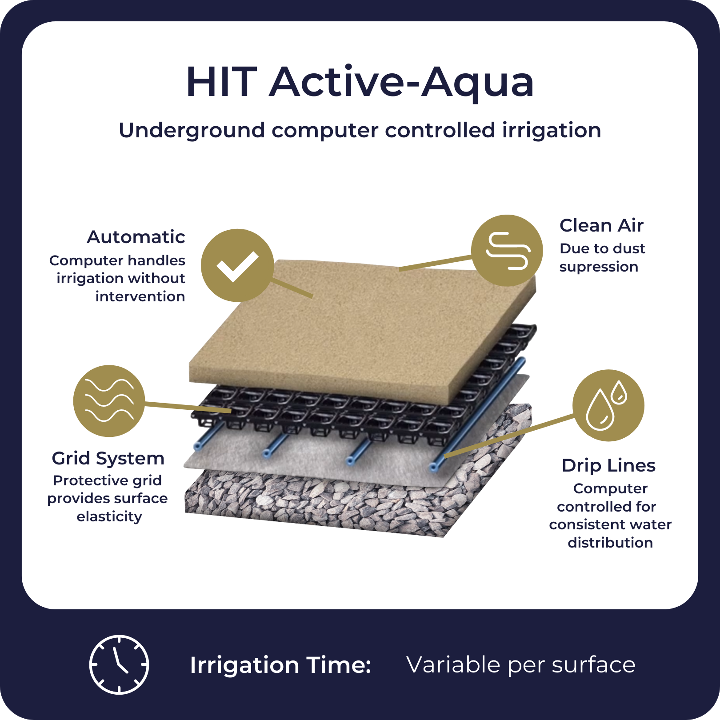
4. Hydro Sandbinder for Dust control
The application of the liquid Hydro SandBinder eliminates the need for watering. It is an eco-friendly and effective liquid which controls dust and lightly stabilizes the sand due to its viscosity. The need for re-application depends on the sand and its fines percentage, but ranges from one to two times per year. It works with all washed sands or sands containing silt particles (sands break down into fines of silt eventually). Unwashed sands with a higher clay content uses more of the Hydro SandBinder and needs to be reapplied more often, as clay absorbs the liquid like a sponge.
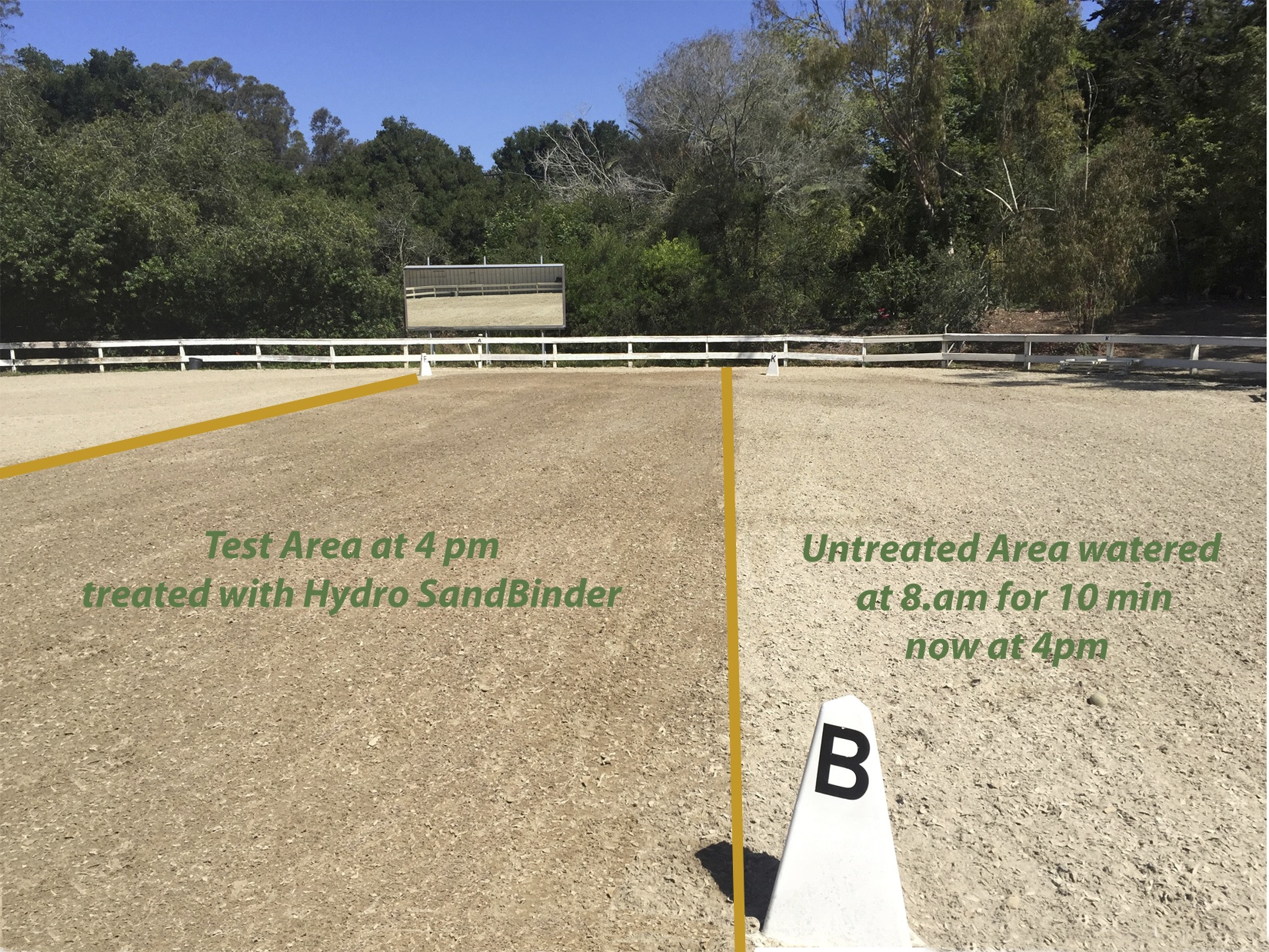
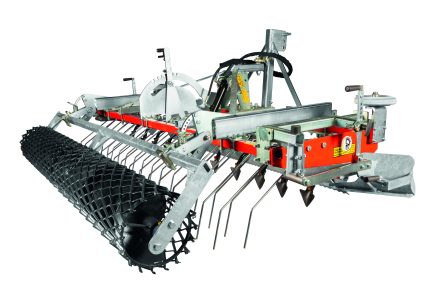
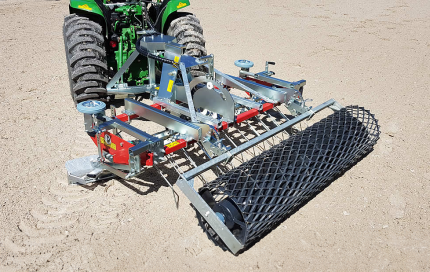
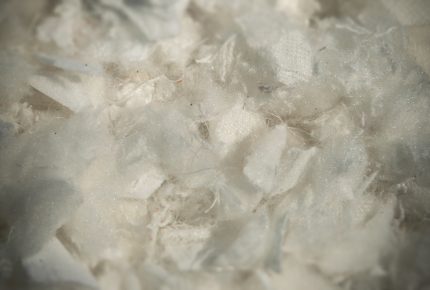

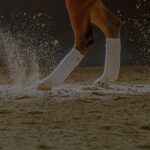 Geotextile Arena Footing
Geotextile Arena Footing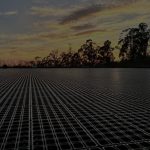 Subsurface Irrigation
Subsurface Irrigation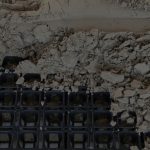 Arena Base Systems
Arena Base Systems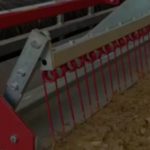 Arena Drags & Groomers
Arena Drags & Groomers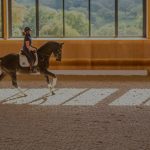 Mirrors and Kickwall
Mirrors and Kickwall Horse Wellness
Horse Wellness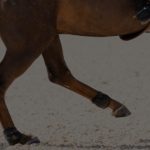 Dust Control
Dust Control